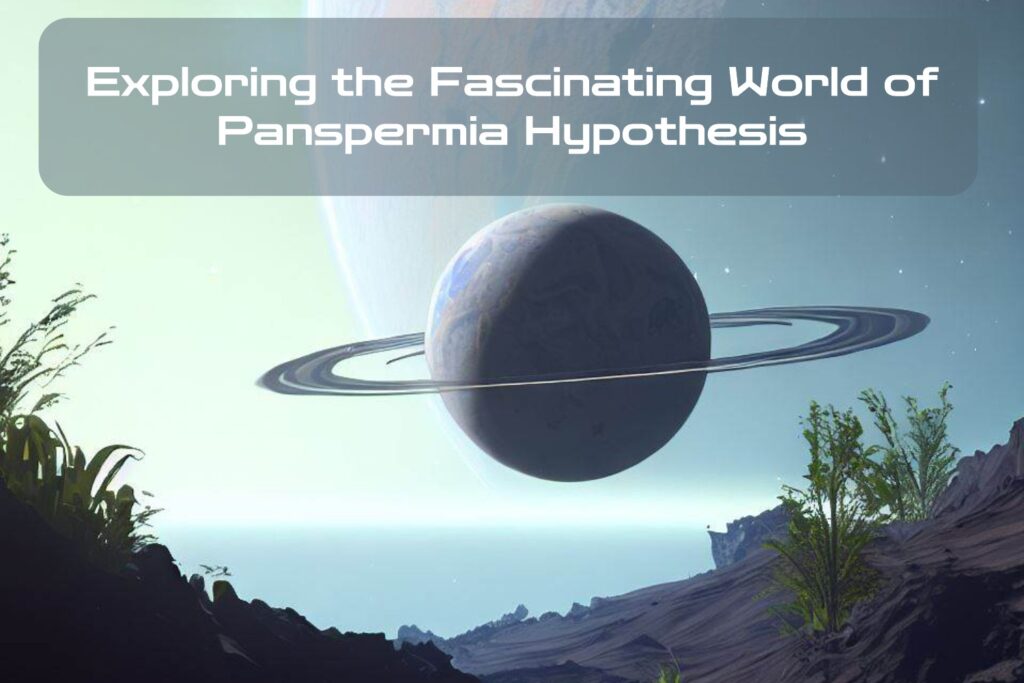The Mystery of Life Beyond Earth: The Panspermia Hypothesis
Have you ever been curious about the possibility of life on other planets? Astrobiology is a field that explores the existence and nature of life beyond Earth. Scientists in this field have proposed a fascinating theory called the panspermia hypothesis, which suggests that life may have originated on one planet and then spread to others through space.
The panspermia hypothesis proposes that life might have emerged on one planet and then made its way to another via meteorites or other means. This theory is often associated with astrobiology research because it considers how life might exist beyond our planet.
It also raises intriguing questions about how organisms might survive in environments different from those on Earth. Understanding panspermia could help us find new ways to explore space, as well as identify more resources we could use here on Earth.
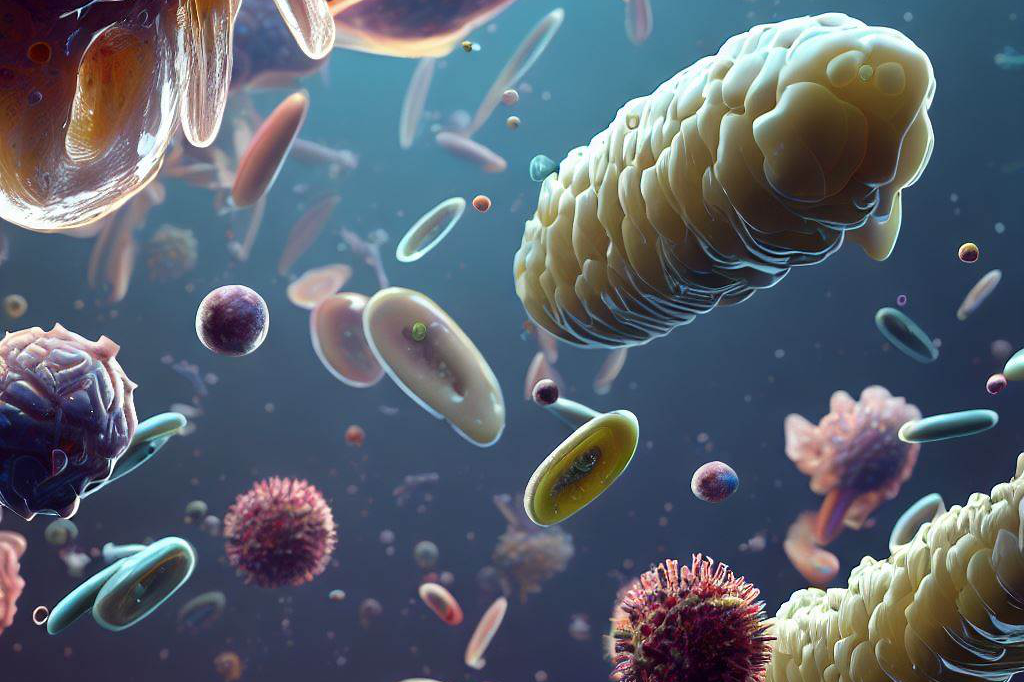
By searching for clues that support this hypothesis, scientists can learn more about the origins of life in our universe. Intriguingly, if it turns out that panspermia is true, it would suggest that extraterrestrial organisms could potentially be quite similar to us.
This would revolutionize our understanding of biology and evolution, offering insights into how different species adapt and transform across time and space. So why should we study the panspermia hypothesis?
Well, apart from the potential benefits mentioned above, it could help us understand who we are as humans – where we come from, and what makes us unique. For centuries, people have pondered these questions with no clear answers – but now there may be a path to discovering them through studying this fascinating scientific theory.
The Origins of an Intriguing Idea

The panspermia hypothesis was first proposed in the 5th century BC by the Greek philosopher Anaxagoras, who believed that life originated from other planets and was brought to Earth by celestial bodies such as meteorites. However, it wasn’t until much later, in the 19th century, that this concept began to receive more attention from scientists and researchers. One of the most notable figures in the history of panspermia is Svante Arrhenius, a Swedish chemist who came up with the idea of “radiative pressure” in 1903.
This theory suggested that microscopic organisms could travel through space on solar winds and radiation pressure, eventually seeding new planets with life. Arrhenius believed that spores or bacteria could survive for millions of years in space and remain dormant until reaching a suitable environment.
Another key figure in this field is Sir Fred Hoyle, a British astronomer who developed his own version of panspermia known as “directed panspermia.” According to Hoyle’s theory, life was intentionally sent to Earth by an alien civilization. Although this idea has been widely criticized and remains highly controversial, it nevertheless highlights some interesting possibilities about how life may have originated on our planet.
The Evolution of Panspermia Hypothesis Over Time
Over time, research into panspermia has continued to evolve as new discoveries have emerged.
One major development occurred in the late 20th century when scientists discovered extremophiles – organisms capable of surviving extreme conditions such as high temperatures or radiation exposure – living on Earth. This discovery led many researchers to believe that similar organisms might exist on other planets or moons within our own solar system.
In recent years, advances in genetic analysis have also shed new light on the potential for panspermia. Scientists have found similarities between organisms that were previously thought to be unrelated, suggesting that they may share a common ancestry.
For instance, in 2011, researchers discovered that a type of bacteria found in deep-sea hydrothermal vents shares genes with some species of bacteria found on Mars. This finding suggests that life on Earth and Mars may have had a shared origin.
Key Figures Who Contributed to the Development of Panspermia Hypothesis

As mentioned earlier, several important figures have contributed to the development and evolution of panspermia hypothesis. In addition to Anaxagoras, Arrhenius, and Hoyle, other notable names include:
– Chandra Wickramasinghe: A British mathematician and astronomer who has been a leading advocate for panspermia since the 1970s.
– David Warmflash: An American physician and writer who has authored several books on astrobiology and is a strong proponent of panspermia as an explanation for the origins of life.
– Francis Crick: Best known as one half of the team that discovered the structure of DNA, Crick also wrote about panspermia in his later years and believed that it was a plausible explanation for how life began on Earth.
Together, these individuals have helped shape our understanding of panspermia hypothesis – from its earliest beginnings as an abstract idea to its current status as a promising field of research with potentially far-reaching implications for our understanding of life in the universe.
The Scientific Evidence Supporting Panspermia Hypothesis
Meteorites: Possible Carriers of Life
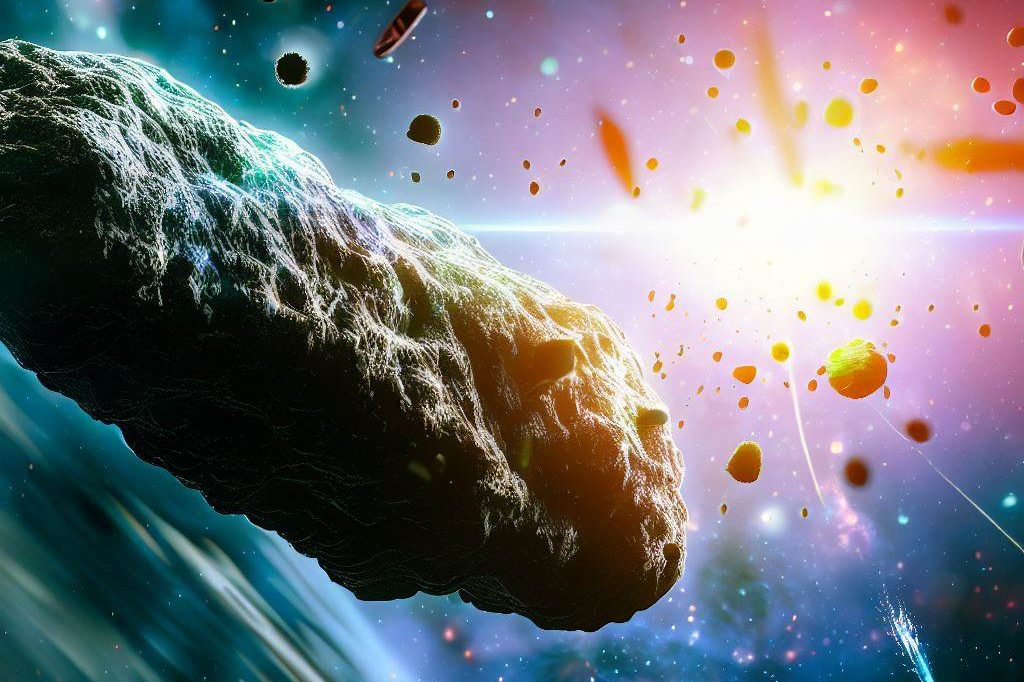
One of the most compelling pieces of evidence supporting the panspermia hypothesis is the discovery of organic compounds in meteorites. In 1969, scientists found amino acids in a meteorite that had landed in Australia, providing the first direct evidence that organic molecules could exist beyond Earth.
Amino acids are the building blocks of proteins, which are essential for life as we know it. In addition to amino acids, other organic compounds and even bacterial fossils have been found in meteorites.
For example, scientists have discovered diatoms (single-celled algae) and cyanobacteria (photosynthetic bacteria) embedded in fragments of a meteorite that fell to Earth over a century ago. These findings suggest that life may be more widespread throughout the universe than previously thought and lend support to the idea that life on Earth could have originated elsewhere.
Extremophiles: Life Able to Withstand Extreme Conditions
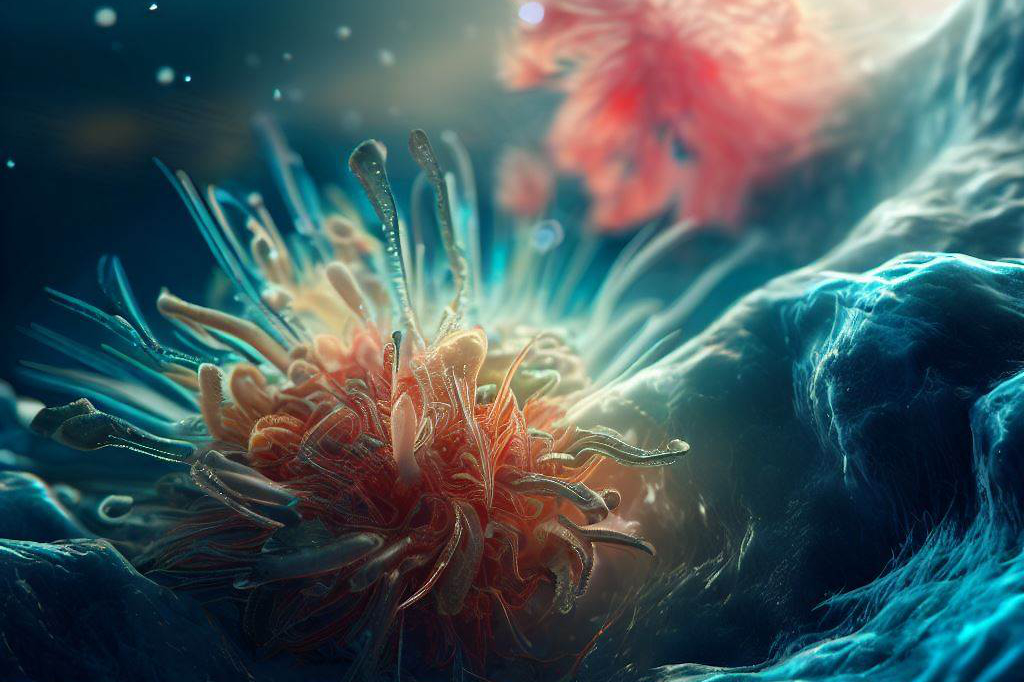
Another piece of evidence supporting the panspermia hypothesis is extremophiles – organisms capable of surviving extreme conditions such as high radiation, extreme temperatures or pressures, or desiccation. Researchers have discovered extremophiles living in environments similar to those found on other planets, such as Mars or Europa’s subsurface ocean.
For example, one type of extremophile called Deinococcus radiodurans can withstand massive doses of radiation – up to 1,500 times higher than what would kill a human – making it an excellent candidate for surviving interplanetary travel.
Additionally, some extremophiles can survive without water for extended periods by entering a state called cryptobiosis. If these organisms could survive interstellar travel on comets or meteoroids, they may be able to seed other worlds with life and contribute to panspermia hypothesis being true.
Genetic Similarities: Evidence of Common Ancestry?
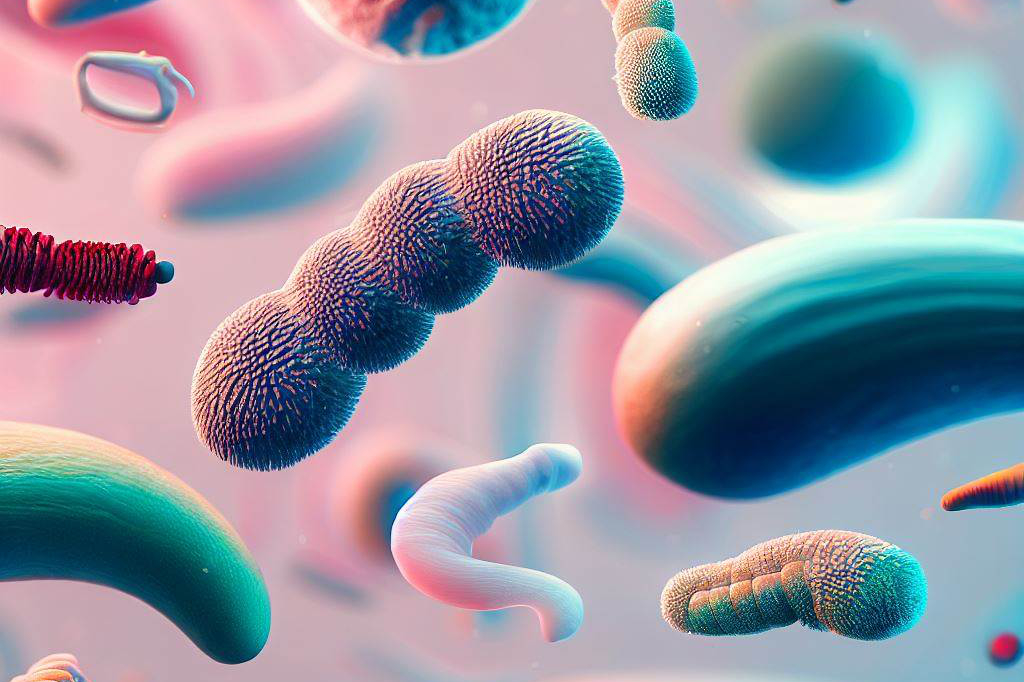
One fascinating piece of evidence supporting the panspermia theory is the genetic similarities between organisms from different planets. In 2010, scientists discovered that bacteria found in the upper atmosphere bear a striking resemblance to bacteria found on Earth. This discovery raises intriguing questions about the possibility of life spreading throughout the universe.
If the bacteria were not related through common ancestry, how could they have developed such similar genetic codes? Could they have been transported by meteoroids or other interplanetary debris, as proponents of the panspermia hypothesis suggest?
While some researchers remain skeptical about the idea of widespread panspermia, these pieces of evidence offer tantalizing hints that life may be more widespread than previously thought. With ongoing advances in astrobiology research and space exploration, we may yet discover definitive proof that life exists beyond our planet – and that it has been traveling between worlds all along.
The Impact of Panspermia Hypothesis on Life on Earth and Beyond

The idea of panspermia has had a profound impact on our understanding of life, not just on Earth but throughout the universe. If life on Earth originated from extraterrestrial sources, it would imply that the building blocks of life are widespread throughout the cosmos, and that we are not alone in our quest for answers to one of humanity’s most fundamental questions: “Are we alone in the universe?” Additionally, the panspermia hypothesis might help to explain how life evolved so quickly after the Earth was formed.
Life on our planet arose fairly early in its history, which suggests that it may have been seeded from elsewhere. This possibility opens up a new avenue of research in astrobiology that seeks to understand how life could have evolved from simple organic molecules into complex organisms like ourselves.
The Potential Impact of Panspermia Hypothesis on Future Space Exploration Missions
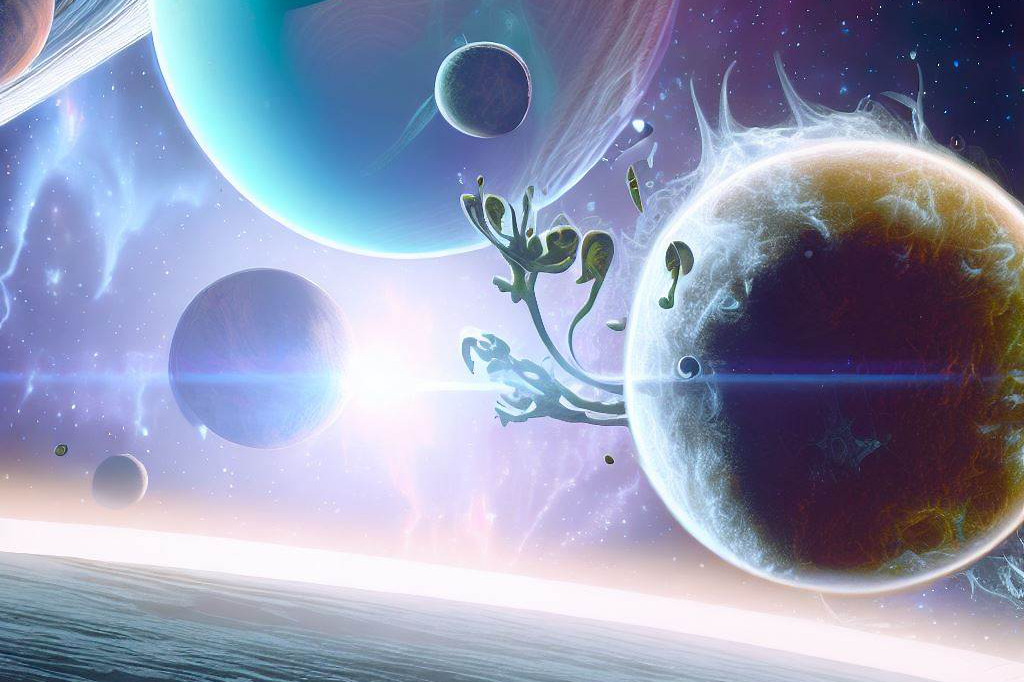
If panspermia is true, it would greatly influence how we approach future space exploration missions. For example, if we find evidence of microbial life elsewhere in our solar system or beyond, it might confirm the theory that life can travel through space and survive under extreme conditions. This knowledge could lead to more targeted searches for evidence of extraterrestrial life based on specific criteria, such as physical proximity to potential sources like comets or asteroids.
Furthermore, if there is already microbial life elsewhere in our solar system or beyond, we must be careful not to contaminate these environments with spacecraft sent from Earth. Planetary protection protocols aim to ensure that astronauts and robotic missions do not inadvertently bring terrestrial microbes with them when exploring other planets or moons.
Is Panspermia Just Science Fiction?

While the panspermia hypothesis may be an intriguing idea, it is not without its critics. One of the main criticisms leveled against this theory is that there is a lack of empirical evidence to support it.
Critics argue that while there may be some tantalizing clues that point to the possibility of life being transported through space, there is no conclusive evidence that proves this theory beyond a doubt. Another criticism of panspermia is the possibility of contamination.
Critics argue that if life can indeed survive the harsh conditions of space and travel between planets, it could also contaminate other planets and derail our attempts to find extraterrestrial life. This has led some to question whether our current efforts to search for life on other planets are worth the risk.
Moreover, there are alternative explanations for observed phenomena, such as complex organic molecules being found on meteorites or in space. Some researchers believe these molecules may have formed through non-biological processes, rather than being transported through space from another planet.
The Controversial Aspects Surrounding Panspermia
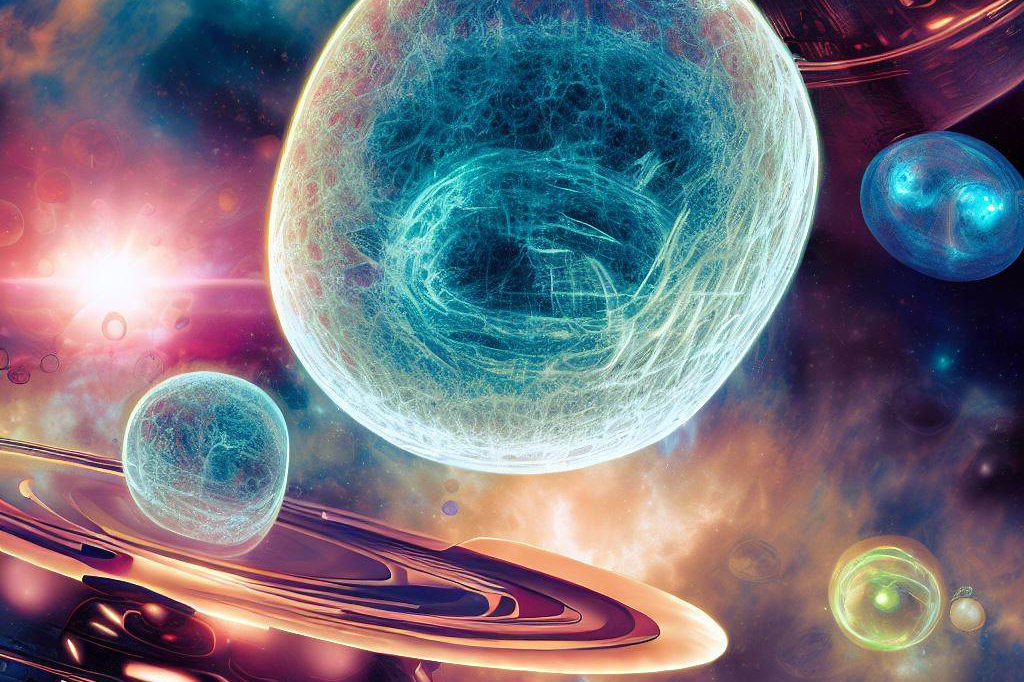
The panspermia hypothesis has been subject to controversy due to its implications for our understanding of the origins of life on Earth and beyond. Some proponents of this theory suggest that if life was indeed transported from another planet or moon, it could suggest that life is more common in the universe than originally thought. This would have profound implications for our understanding of our place in the cosmos.
However, others argue that this theory could have negative consequences for society’s beliefs about religion and spirituality. The idea that we may not be alone in the universe challenges some religious beliefs about humanity’s uniqueness and special place in creation.
There are also ethical considerations surrounding panspermia research, particularly if we were ever able to intentionally seed other planets with microbial lifeforms. Some fear this could cause unintended consequences or disrupt natural ecosystems, while others see it as a way to potentially jumpstart life on otherwise barren planets.
Overall, the panspermia hypothesis remains a subject of debate and controversy in the field of astrobiology. While it may never be proven beyond a doubt, its potential implications for our understanding of life in the universe continue to capture the imaginations of researchers and science enthusiasts alike.
The Panspermia Hypothesis: A Game-Changer for Astrobiology Research
The Significance of the Panspermia Hypothesis in Astrobiology Research
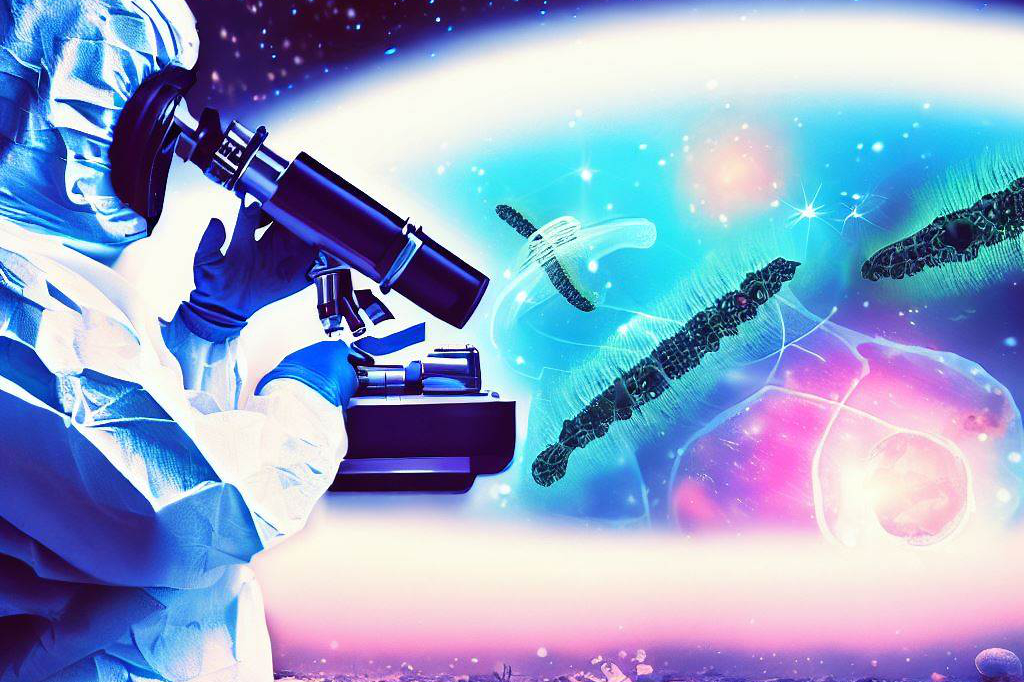
The Panspermia hypothesis has emerged as a game-changer in the field of astrobiology research. It challenges our traditional beliefs about life on Earth and raises important questions about the origins of life in our universe.
The idea that life may have originated elsewhere and seeded our planet has enormous implications for our understanding of evolution, biology, and even philosophy. By studying the Panspermia hypothesis, astrobiologists are pushing the limits of what we thought was possible.
They are exploring new frontiers in space exploration, looking for signs of life beyond Earth, and discovering new ways to think about biological evolution. This research has already yielded important insights into how life may have evolved on Earth and what we might expect to find on other planets.
Emphasizing the Need for Further Research

Despite this progress, there is still much we don’t know about the universe and how it works. The Panspermia hypothesis is an excellent example of this; while it offers exciting new possibilities, it also raises many difficult questions that we don’t yet have answers to.
For instance, if life did originate elsewhere and then came to Earth through some other means like meteorites or comets, then where did it originate? What does that tell us about the conditions necessary for life to evolve?
As such, there is a critical need for further research on this topic. Scientists must continue to explore all avenues related to panspermia with an open mind while being rigorous with their data analysis so as not to overlook important information that could shape our understanding of Life’s origins in deep space.
Final Thoughts
While there remains much uncertainty around the Panspermia hypothesis, the fact that we are even asking these questions is reason for optimism. The pursuit of knowledge is one of the most fundamental aspects of human nature, and astrobiology research is at the forefront of expanding our understanding of the universe. As we continue to explore new frontiers in space exploration and astrobiology research, it’s exciting to think about all the possibilities that lay ahead.
We may not have all the answers yet, but with persistence and innovative thinking, we will undoubtedly continue to make important breakthroughs in our understanding of life in the universe. So let’s keep looking up and never stop asking questions – you never know where they might lead us!
FAQ: Panspermia Hypothesis
1. What is the Panspermia Hypothesis?
– The Panspermia Hypothesis is a scientific theory that suggests life on Earth may have originated from microorganisms or organic material that was transported through space, potentially from other planets or moons.
2. How does the Panspermia Hypothesis propose life could have traveled through space?
– According to the Panspermia Hypothesis, life could have been transported through space via meteoroids, comets, or other celestial bodies that contain microorganisms or organic compounds. These organisms or compounds would survive the journey through space and potentially seed suitable environments, such as Earth, with the building blocks necessary for life to emerge.
3. What evidence supports the Panspermia Hypothesis?
– There are several lines of evidence that support the Panspermia Hypothesis. One key piece of evidence is the discovery of microorganisms known as extremophiles on Earth, which can survive in extreme environments similar to those found in space. Additionally, studies have shown that some microorganisms can survive the harsh conditions of space, such as high levels of radiation and extreme temperatures. Furthermore, the detection of organic molecules on meteorites and the presence of amino acids in comets provide further support for the idea that the building blocks of life could be delivered through space.
4. Could the Panspermia Hypothesis explain the origin of life on Earth?
– The Panspermia Hypothesis offers a plausible explanation for how life could have originated on Earth. By suggesting that the ingredients for life could have been delivered from elsewhere in the universe, it provides an alternative to the idea that life originated solely on our planet. While it does not provide a definitive answer to the origin of life, it offers a scientifically viable possibility that is still being explored and researched by scientists.
5. Are there any examples of potential panspermia events?
– Although direct evidence for panspermia events is challenging to obtain, there have been a few intriguing discoveries that hint at the possibility. For example, in 2019, scientists found organic molecules, including sugars and amino acids, on the surface of the asteroid Ryugu, which was visited by the Hayabusa2 spacecraft. This finding suggests that the building blocks of life may exist beyond Earth.
Additionally, in 2021, a study reported the discovery of microorganisms living on the exterior surface of the International Space Station (ISS). These microorganisms likely originated from Earth, but their survival in the harsh conditions of space supports the idea that life can endure interplanetary travel.
6. Is the Panspermia Hypothesis widely accepted by the scientific community?
– The Panspermia Hypothesis is a topic of ongoing scientific debate and investigation. While it has gained attention and interest from scientists, it is not yet widely accepted as the definitive explanation for the origin of life on Earth. The hypothesis faces challenges and requires further evidence to solidify its validity. Nevertheless, it remains an intriguing and viable scientific concept that continues to be explored.
7. How does the Panspermia Hypothesis impact our understanding of the possibility of life on other planets?
– The Panspermia Hypothesis expands our understanding of the potential for life beyond Earth. If life can survive and travel through space, it raises the possibility that life could exist on other planets or moons within our own solar system or even in other star systems. This hypothesis broadens the search for habitable environments and increases the chances of finding extraterrestrial life, whether it originated independently on other celestial bodies or was transported there through panspermia.
8. Are there any missions or future research planned to investigate the Panspermia Hypothesis?
– As scientists continue to explore the Panspermia Hypothesis, there are ongoing and future missions planned to gather more data and insights. For example, NASA’s Perseverance rover, which landed on Mars in 2021, is equipped with instruments designed to search for signs of ancient microbial life. Additionally, upcoming missions, such as the Europa Clipper by NASA and the JUICE mission by the European Space Agency, aim to study the potential habitability and presence of organic materials on Jupiter’s moon Europa and Saturn’s moon Enceladus, respectively. These missions will contribute valuable information to our understanding of panspermia and the possibility of life beyond Earth.

C M, a seasoned editor, journalist, and consultant, is deeply fascinated by the convergence of technology, space, and the future of humanity.
With a particular interest in transhumanity, futurology, and the philosophical and ethical dimensions of these domains, C M serves as the lead contributor to SpaceSpotlight and TranscendSphere.
When not penning insightful articles on these rapidly evolving fields, C M indulges in their love for podcasts and books, proudly embracing their status as a ‘Happy Nerd Extraordinaire!’
